We Drive the Made-in-China BYD EV Heading to North American Roads
The name BYD isn’t a familiar one to most North Americans. Despite its enormous resources and past attempts to crack the retail nut in Canada and the United States, the Chinese automaker has mostly stayed under the radar in this part of the world.
It’s fitting, then, that the project that will finally grant the world’s largest manufacturer of electric vehicles the chance to flaunt its stuff on this side of the Pacific is one that has also avoided the big publicity blitz associated with similarly green-oriented campaigns. Indeed, the partnership between Montreal’s E-Taxi and BYD has been carefully calculated to succeed by making its economic arguments at least as strong as its green ones.
“Our E-Taxi initiative isn’t taking a single cent of government money, past the standard rebate in the province of Quebec for purchasing an electric vehicle,” explains Yung Cuoung, the co-founder of E-Taxi. “The reason taxi operators are listening to what we have to say about electrification is that we’re a private company that comes from the industry. We understand what its needs are, and we’re presenting an option that makes sense from a financial perspective on top of the environmental benefits.”
The concept is simple: taxi owners replace their existing gas-powered cars with the BYD E6, which E-Taxi warrants bumper-to-bumper for five years, with no mileage limit. This also includes the city’s new logo wrap along with any and all equipment — communications, navigation, video cameras, transaction processing — required to hit the streets and start earning its keep.
It’s not a lease, it’s an outright purchase program provided in partnership with financial giant Desjardins (with E-Taxi guaranteeing each loan), and it’s being presented to taxi operators with a very serious message about the bottom line. “Given the cost of electricity in Quebec versus the price of fuel, we can easily demonstrate a savings of between $7,000 and $8,000 per year for each vehicle,” says Cuoung.
ALSO SEE: This is Probably the Coolest Taxi in the World
The financial component is an important one for taxi drivers, but it’s neck and neck with range. A taxi that’s sitting plugged into the wall is one that’s not generating any revenue. This where the BYD E6 stands out from other would-be taxi options. Not only does it offer 300 kilometers of range on a single charge (more than enough to ensure it never needs to be plugged in during a typical shift), but it’s also been designed from the ground-up to tackle the heavy-duty use cycle of a professional livery vehicle.
Think of it as the electrified successor to the famed Checker Marathon that once prowled NYC streets, and you’ve got a good idea of where the E6 is coming from. It’s the combination of real-world durability and range that other battery-powered vehicles have a hard time matching at its price point. Add in the fact that the BYD can be completely topped up in two hours from a Level 2 charger, something that can easily be accomplished while off-duty, and the appeal broadens.
Naturally, I was curious as to what it was like to drive a Chinese-built BYD electric car on Canadian roads, and Cuoung was happy to give me the opportunity to get behind the wheel of the company’s test mule.
Roughly the size and shape of a Toyota Prius V, only taller and somewhat wider, the E6 is a form-follows-function hatchback that’s surprisingly roomy inside, with ample space for second-row riders as well as their luggage. Interior furnishings are equally functional, with hard-wearing plastics designed to absorb hundreds of thousands of miles of use without betraying their age.
Out on the road, the BYD E6’s electric operation offers a familiar EV experience, with regenerative braking, multiple drive modes, and quick-off-the-line instant torque that helps the vehicle deal with the bulk imposed on its by its hardened construction and heavy, but stable, battery (whose lithium-iron-phosphate chemistry is capable of withstanding a huge number of charging cycles with no ill effects).
I had to remind myself that I was evaluating a car designed not to attract the roving eye of the general consumer, but rather satisfy the very specific needs of professional drivers. Seen through that lens, the E6’s adequate acceleration, relatively smooth ride, and calm comportment at highway speeds made it a definite step up over every terrifying ride home from the airport in a decrepit Town Car you’ve ever had to endure.
It might seem unusual for a company like E-Taxi to look to China for an EV solution when so many electric cars are increasingly available from traditional Japanese, American, and European brands. Cuoung’s answer when I asked him why they had sought out the BYD partnership illuminated a less than obvious truth about the electric car industry.
READ MORE: Sweden Builds Electric Highway Capable of Charging EVs as They Go
“If you look at what is available from other manufacturers currently building electric cars for the average driver, we couldn’t get any guarantees that production levels would be high enough to meet the needs of our customers,” says Cuoung. “The city of Montreal itself has had trouble ordering mainstream EVs for its own use because there simply isn’t any inventory. BYD, on the other hand, has a proven track record with the E6 in 50 other global taxi markets and has no qualms churning out as many vehicles as we want to order. Their manufacturing capability is simply that much higher than any other EV builder on the market.”
That initial order is projected to be 25 to 50 vehicles by the time the first E-Taxi-supplied vehicles hits the streets this fall, on top of the E6 examples that the company has already acquired for its own extensive testing purposes. The latter will also be used this summer to entice taxi drivers and company owners to get hands-on with the potential replacement for their pricy, and polluting gasoline fleets.
BYD for its part has moved away from the idea of selling its electric cars on a piecemeal retail basis in a country like Canada, where a small, widely dispersed population makes it expensive and impractical to set up a network of dealerships and still turn a profit. Instead, fleet orders like the one E-Taxi represents are seen as its future on the continent, with Montreal serving as the tip of the spear – or is that back-door? – that will eventually extend its operations into other cities across the country. For now, however, the goal remains to completely electrify Montreal’s 8,500 taxis within a five year period, and eliminate one of the city’s largest sources of air pollution in the process.
More by Benjamin Hunting





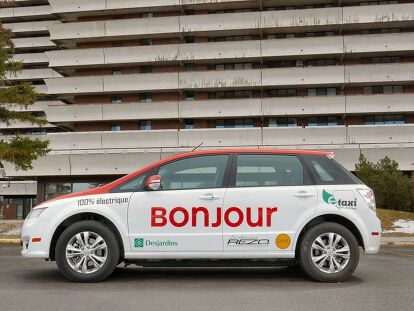









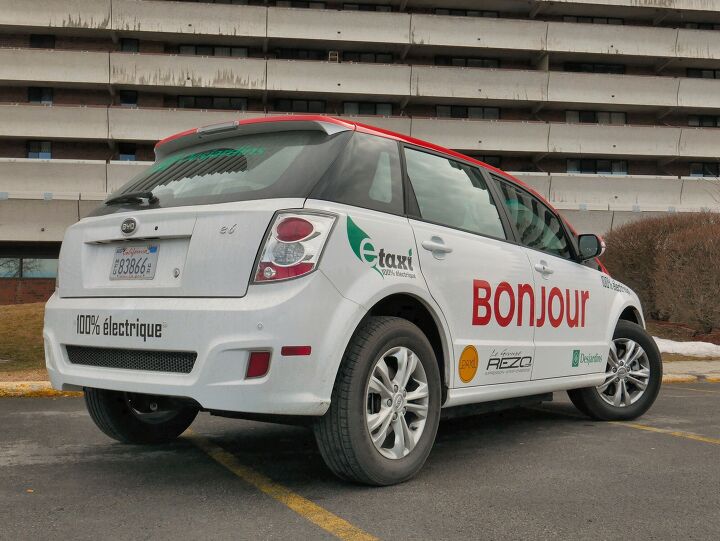













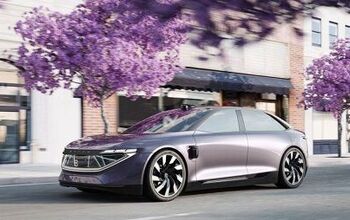
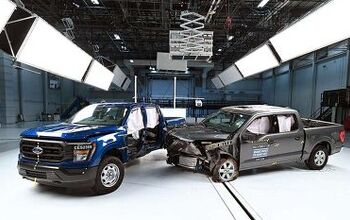
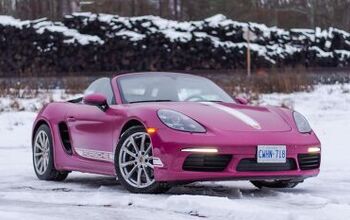

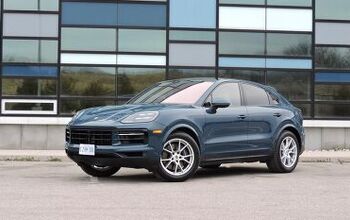



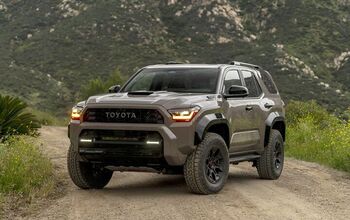



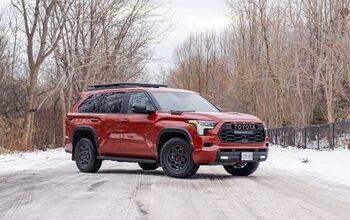
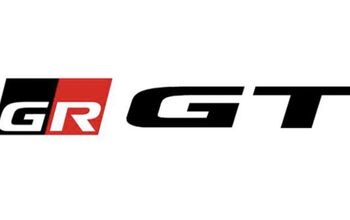
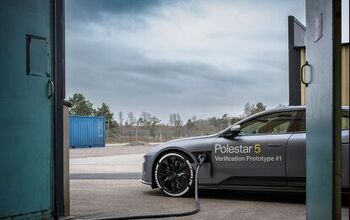
Comments
Join the conversation
"...the Chinese automaker has mostly stayed under the radar in this part of the world." Apart from the world of buses, of course.